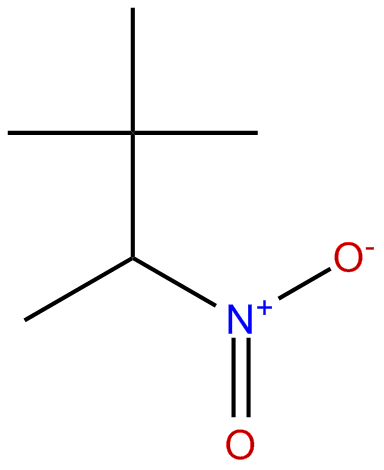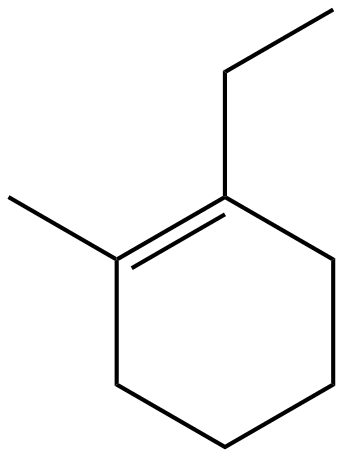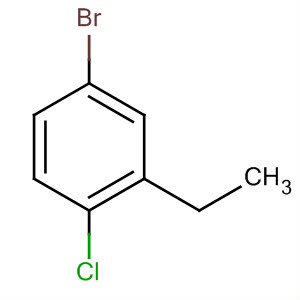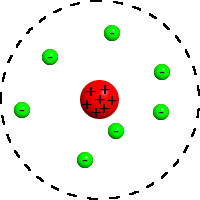Valence-Shell Electron-Pair Repulsion Theory
What does it do?
It helps us to predict the geometries of most substances with 3D models. In other words, it indicates the position of electrons surrounding the nucleus in a molecule. To do so, we need to first assume that LIKE CHARGES REPEL each other.
How many scenarios are there?
There are three scenarios:
1) all of the electrons pairs in a molecule are shared
2) bonded electron pairs and lone electron pairs are present in the molecule
3) multiple bonds are present in the molecule
Scenario #1: When all of the electrons pairs in a molecule are shared, then...
It can be LINEAR with 180 degree angle between the two identical non-metals. Example: BeF2
It can be TRIGONAL PLANAR with 120 degree angles. Example: SO3
It can be TETRAHEDRAL with 109.5 degree angles. Example: CH4
Scenario #2: When bonded electron pairs and lone electron pairs are present in the molecule, then...
A decrease in bond angles will be due to the result of the increased electron-electron repulsion
It can be TRIGONAL PYRAMIDAL with 107.5 degree angles and 1 lone electron pair. Example: NH3
It can be ANGULAR (BENT) with 118 degree angles and 1 lone electron pair. Example: SO2
It can be ANGULAR with 104.5 degree angles and 2 lone electron pair. Example: H2O
Scenario #3: When multiple bonds are present in the molecule, then...
There will be double bonds and triple bonds present. Bond angles will decrease due to the multiple bonds as the electron cloud of a multiple bond takes up more space than single bond electron cloud.
It can be FORMALDEHYDE with 115.8 degree angle and 122.1 degree angle. (well, this scenario do not need to be worried as it is kind of like an enrich)
Finally, here is the golden summary of all the VSEPR models!!!
Here's a video of all the VSEPR model, watch it for... relaxation during study break... :)
It can be TRIGONAL PLANAR with 120 degree angles. Example: SO3
It can be TETRAHEDRAL with 109.5 degree angles. Example: CH4
Scenario #2: When bonded electron pairs and lone electron pairs are present in the molecule, then...
A decrease in bond angles will be due to the result of the increased electron-electron repulsion
It can be TRIGONAL PYRAMIDAL with 107.5 degree angles and 1 lone electron pair. Example: NH3
It can be ANGULAR (BENT) with 118 degree angles and 1 lone electron pair. Example: SO2
It can be ANGULAR with 104.5 degree angles and 2 lone electron pair. Example: H2O
Scenario #3: When multiple bonds are present in the molecule, then...
There will be double bonds and triple bonds present. Bond angles will decrease due to the multiple bonds as the electron cloud of a multiple bond takes up more space than single bond electron cloud.
It can be FORMALDEHYDE with 115.8 degree angle and 122.1 degree angle. (well, this scenario do not need to be worried as it is kind of like an enrich)
Finally, here is the golden summary of all the VSEPR models!!!
Note: for our BC chem 11 curriculum, we only need to know: linear, trigonal planar, bent, angular, tetrahedral, and trigonal pyramidal.
Helpful resources and practice question websites:
Here's a video of all the VSEPR model, watch it for... relaxation during study break... :)


























